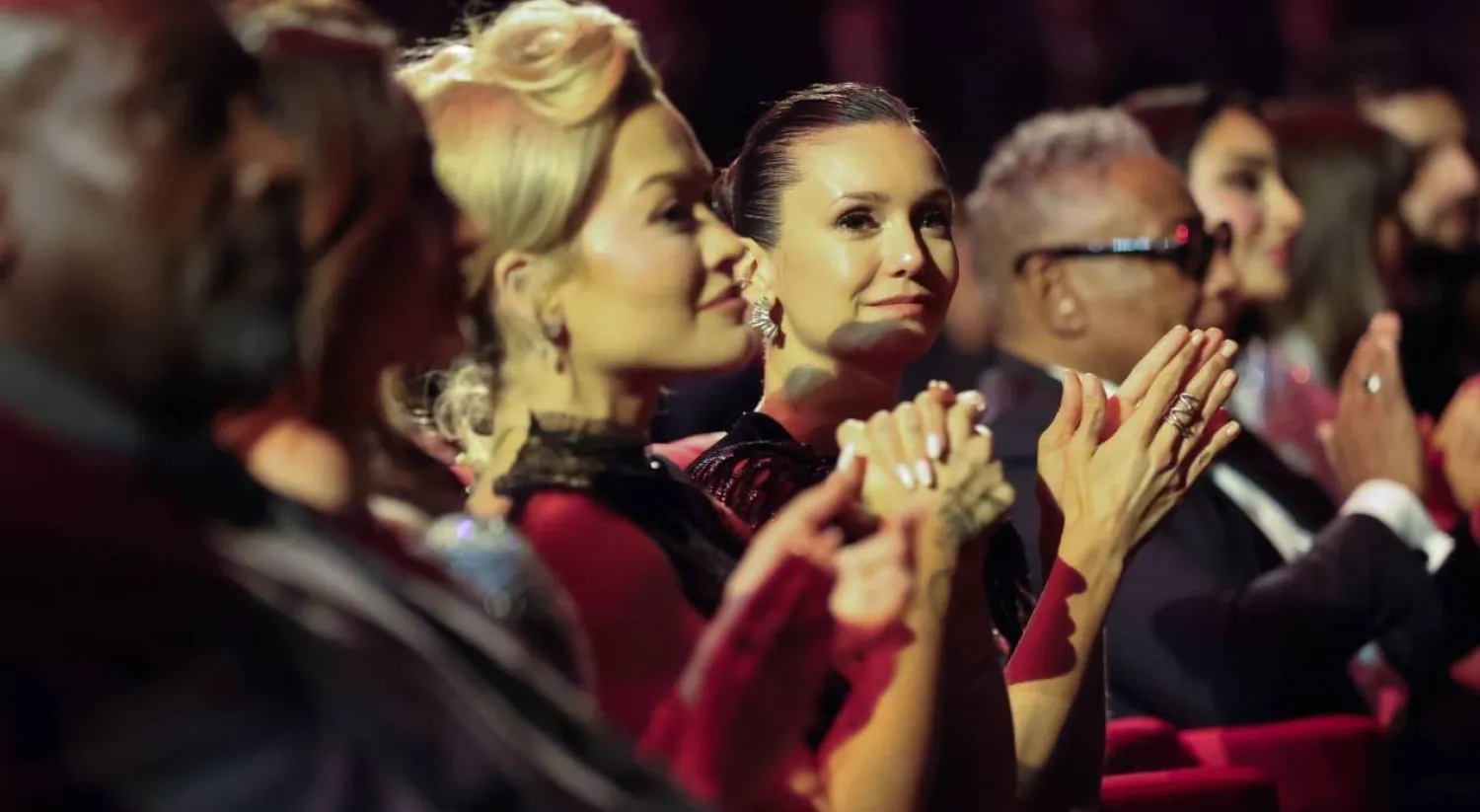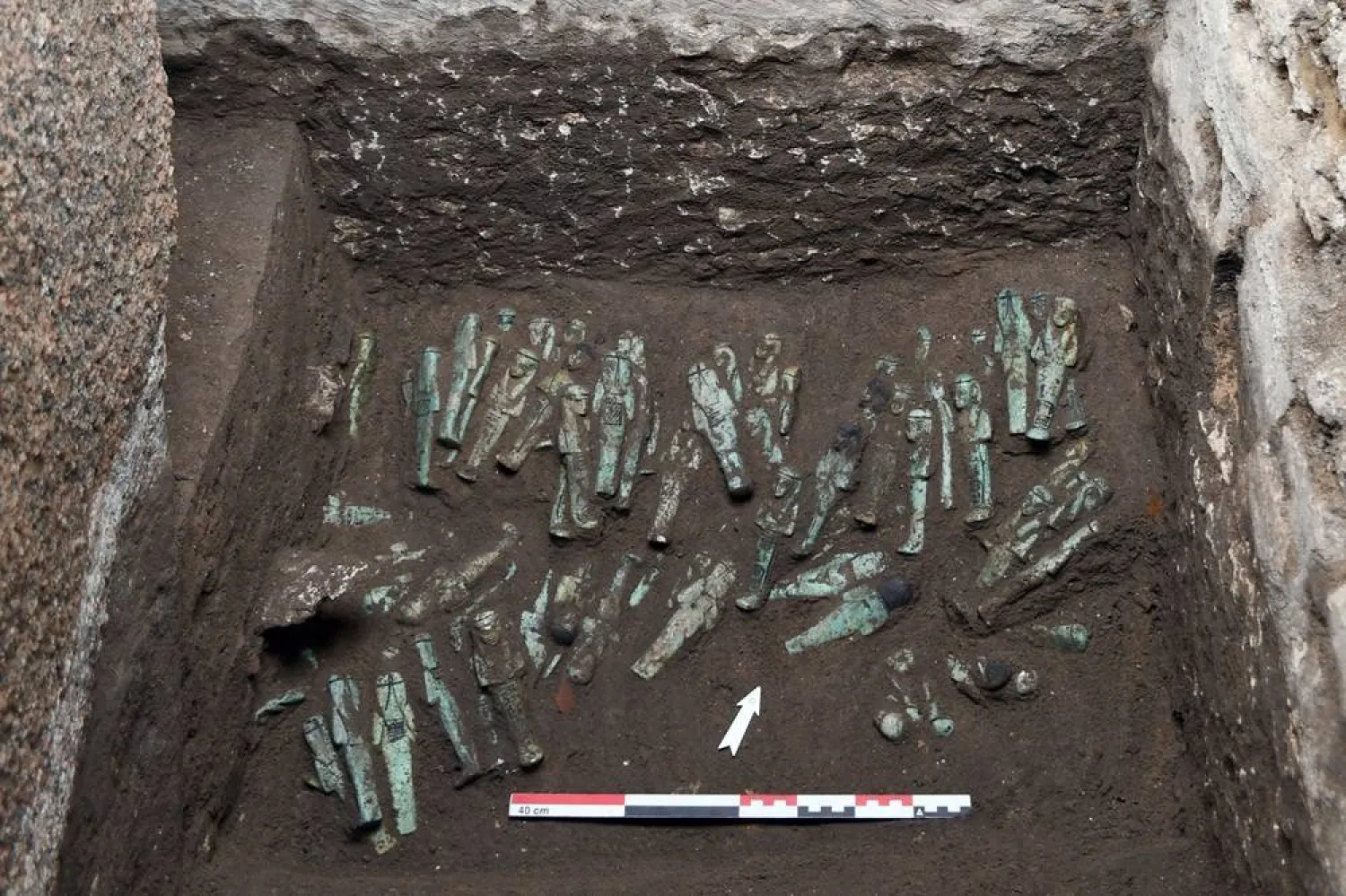The British Museum said Friday it had chosen French-Lebanese architect Lina Ghotmeh to redesign a third of the venue's gallery space -- including a section housing the disputed Parthenon Marbles.
The museum, one of London's biggest tourist draws, received more than 60 entries after launching a competition last year for a remodeling of its Western Range galleries.
Judges were won over by Ghotmeh's "deep understanding and sensitivity towards the museum," it said in a statement, while British Museum director Nicholas Cullinan said Ghotmeh was "an architect of extraordinary grace and gravitas."
Her previous work includes the Hermes Leather Workshop in Louviers, France, the Estonian National Museum in Tartu and Stone Garden Housing in Beirut, the city where she was raised.
Ghotmeh said she looked forward to "transforming this section of the museum into an extraordinary space".
Abstract models of her designs showed a pared-back layout, with artifacts surrounded by wide spaces and archways.
The museum's Western Range galleries house ancient Roman, Egyptian, Middle Eastern and Greek objects -- including the Parthenon Marbles which Greece has long campaigned to have returned to Athens.
The 2,500-year-old sculptures once adorned the Parthenon temple in Athens in honor of the city's patron goddess Athena.
Greek authorities maintain the sculptures were looted in 1802 by Lord Elgin, British ambassador to the Ottoman Empire.
London insists the sculptures were "legally acquired" by Elgin and then sold to the British Museum.
One of the models for the redesigned galleries appears to show friezes resembling the ancient marbles set snugly against the museum walls.
The museum did not address the marbles in its statement, which said Ghotmeh's team would work to develop the designs over the coming years.









